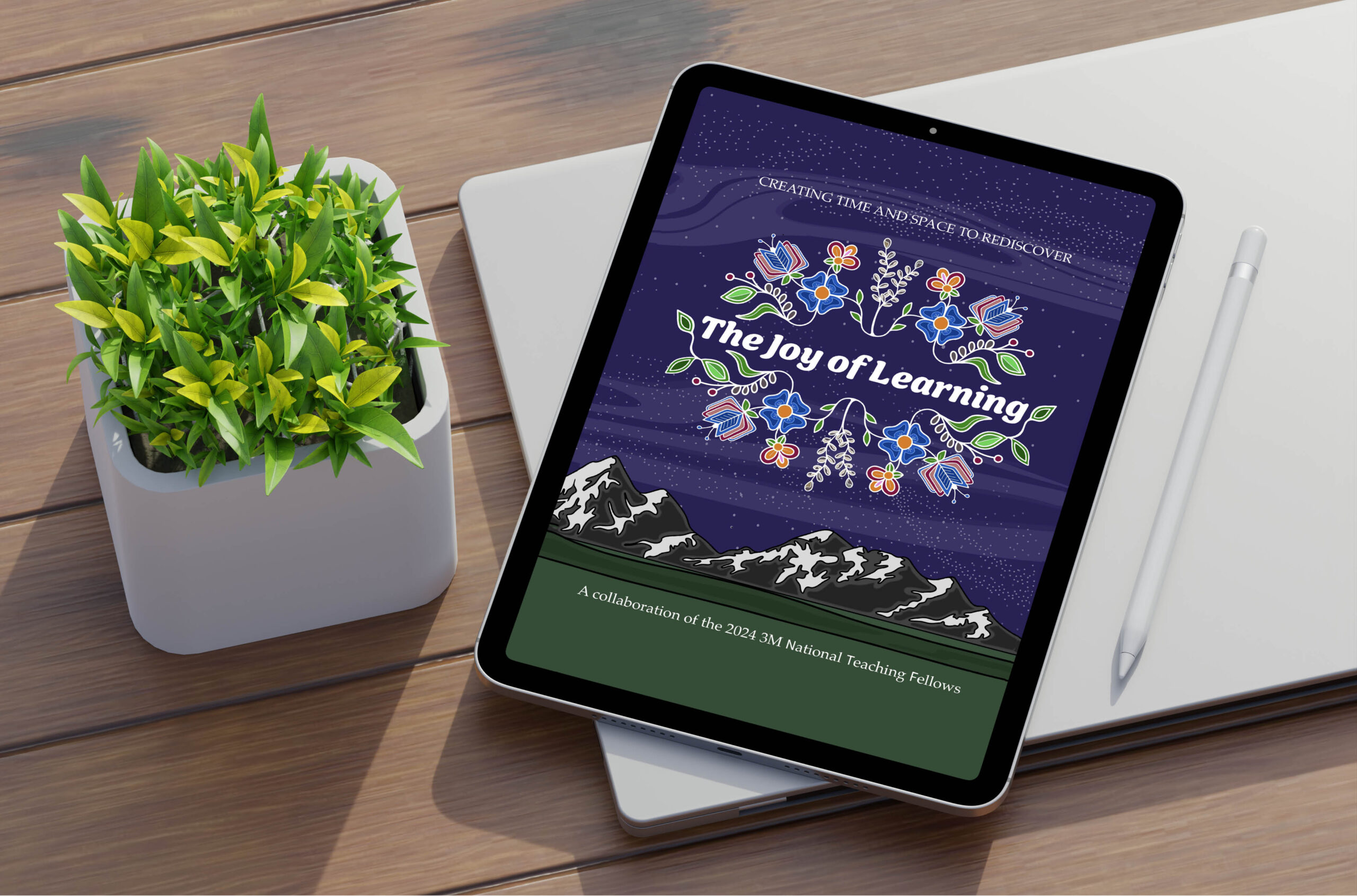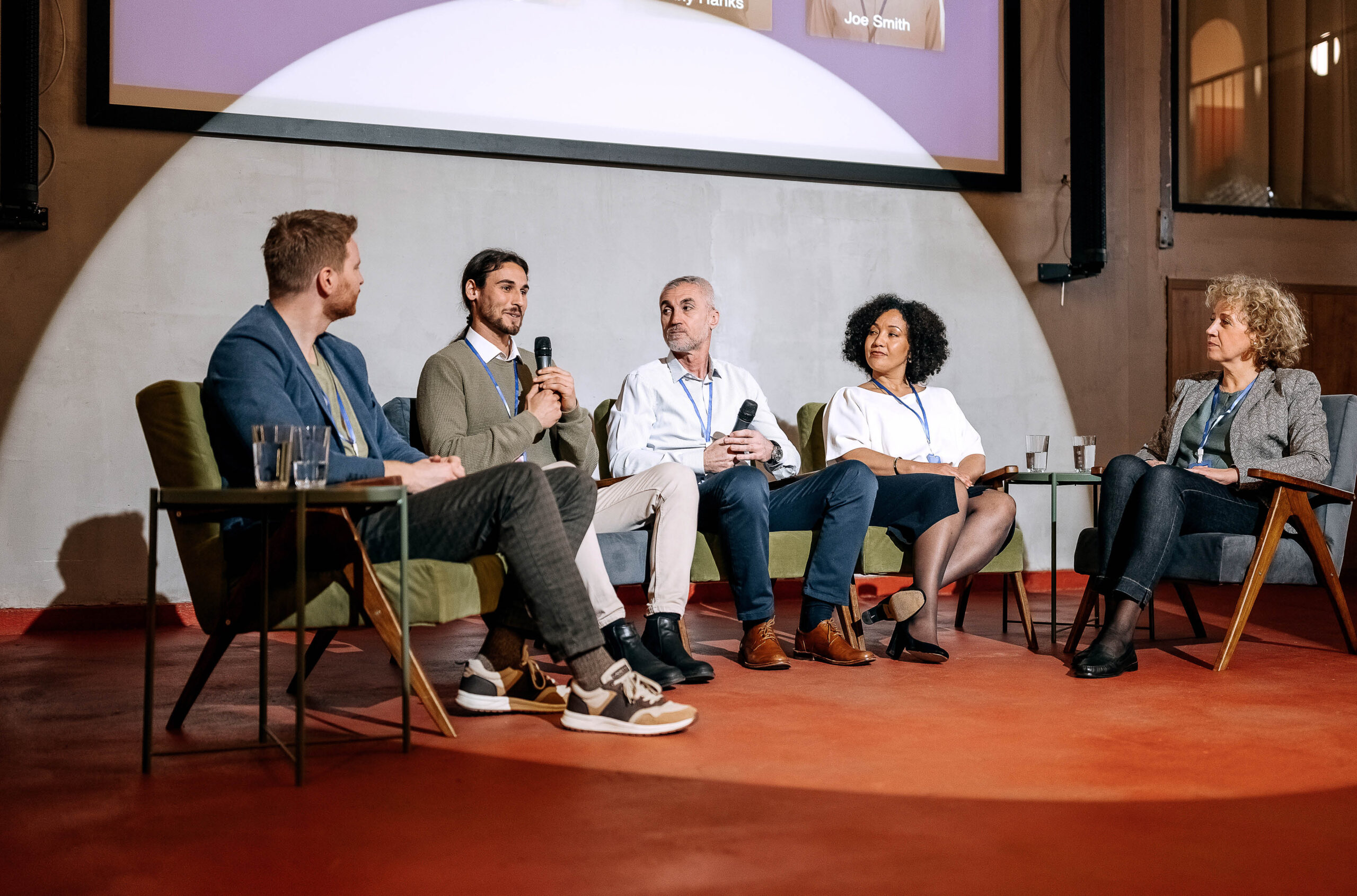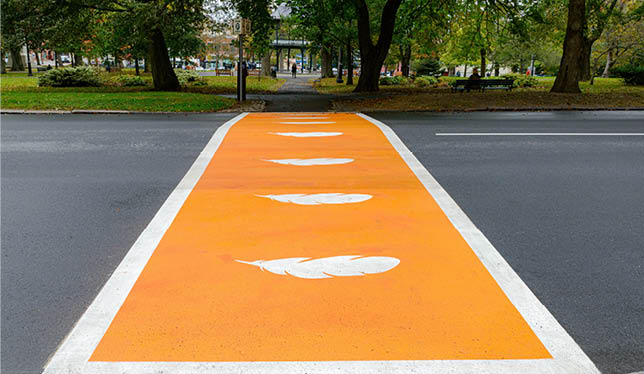How to facilitate a conference session: What not to do
Whether you are a presenter, a chair, or a discussant, you will have some influence on the overall experience of the audience in your session.

Who are conference sessions for? What is their purpose? Certainly, they play an important role in demonstrating scholarly engagement and knowledge dissemination on our CVs, but if we really want to actually do those things, we have to think about sessions as being primarily for the audience. Conference sessions should not be simply an opportunity for presenters, chairs, or discussants to listen to themselves talk and enjoy the sound of their own voices (as fun as it is to do that). If the audience is not engaged, both passively (i.e. holding their attention) and actively (i.e. inviting them to ask questions), then there is no real dissemination of knowledge anyway, and opportunities for connection are lost.
Having just recently attended Congress 2018 at the University of Regina, where I participated in over 25 sessions, I can say that I am very interested in not just the content, but how sessions are run. Whether you are a presenter, a chair, or a discussant, you will have some influence on the overall experience of the audience in your session. Your actions can make the difference between a session that is informative, engaging, and encourages participants to connect, and one that is dry, inaccessible, and drains the energy out the room. We come together at conferences relatively infrequently, and at great cost, so I believe it is worthwhile to think about some principles and practices for making conference sessions the best that they can be.
- Know your role
If you are a chair, your job is to inform presenters of the session expectations (e.g. time limits), bring the session to order, introduce the presenters, keep time, facilitate the flow of events, and moderate discussion. It is not your job to make your own comments between contributions or get wrapped up in the discussion yourself, and you should only ask questions if no one else has any or to ensure equal attention to each presenter. If you are a presenter, your job is to end your presentation on time (or earlier) to ensure adequate room for discussion and other presentations. It is not your job to compete with the other panelists for air time, or monopolize the discussion to the detriment of the audience – you already have a pre-existing connection to the other presenters and can connect with them afterwards easily, which is not true for audience members. If you are a discussant, your job is to make some brief comments about each paper (perhaps providing more detailed feedback in written form afterward), point out connections between them, and perhaps suggest topics for discussion. It is not your job to talk about your own research. Any time spent on oratory in these roles is time taken away from engagement.
- Keep presentations disciplined
Presentations are the main building-block for conferences, but it is important that they do not get in the way of the actual conferencing. An effective presentation gives the audience only what they need to know about a given piece of research (i.e. in order to discuss it effectively or reach out to connect with the researcher), and then relinquishes the floor. Even though we typically present to others within our own sub-disciplines, take a lesson from 3-Minute Thesis competitions and distill the main messages in an accessible way. Prioritize ideas and results over background literature and methods. As for the delivery medium, it is difficult to feel engaged by someone who simply reads their paper aloud like a script, and even slideshows are starting to feel quite passive, especially if they are text-heavy. Embrace minimalism for scripting, slides, and displayed text. Finally, presentations must end on time, and the chair should enforce this if the presenter themselves is going over. Actually, I find that even 10 minutes is not enough to adequately discuss a 20-minute presentation in a room of smart people from the same discipline, so I would encourage presenters to adopt a 50/50 model and would love to see associations experiment with actively requiring this.
- Facilitate a web of connections
A good discussion gives everyone the opportunity to participate, instead of being dominated by a small number of people. This maximizes the number of possible paired connections that can result from the session. Leaving enough time for discussion is part of this, but it also means actively considering the balance of contributions from participants. For instance, if someone speechifies for too long during a discussion contribution, it is appropriate for the chair to gently redirect the focus to someone who has had less opportunity to speak. Encouraging participants to raise their hand as soon as they know they would like to make a contribution (or pausing occasionally to check with everyone) can also be effective, because by default we seem to feel that we must wait for a break in the conversation before raising our hands (even though this makes no sense because it defeats the purpose of the signal). If the session is small enough, the chair can also ask everyone to give a quick introduction at the beginning or provide a final comment at the end. It certainly does not hurt for presenters and discussants to be aware of these strategies too.
- Be creative with session structure
While traditional 90-minute sessions (i.e. with three individual presentations) can be quite engrossing if ably facilitated, there is certainly room to pursue the goal of audience engagement by being more creative with the organization structure, especially for pre-proposed panels. For example, I have attended sessions that divided the room into breakout groups, kept panelist presentations to a lightning-quick five minutes to make room for structured discussion, encouraged audience members to participate in a kinesthetic activity (e.g. dot-voting), or asked participants to brainstorm potential solutions to a social problem related to the discipline. While it is probably possible to leave too much time for unstructured audience participation, I have never seen the momentum die in such a session.
In the end, you will probably be able to tell if your session has effectively embraced the principle of audience engagement by observing the participants in the minutes following the session. If people are excitedly discussing the content with one another or waiting in line to connect with the presenters, then the session has likely done its job. If they are rushing off to other sessions or default back to unrelated conversations from before the session, then you may want to try something different the next time.
Garrett Ward Richards is a postdoctoral fellow with the school of environment and sustainability at the University of Saskatchewan. He has a PhD in interdisciplinary studies from the University of Victoria, and also coordinates the U of S Speakers Bureau.
Featured Jobs
- Psychology - Assistant Professor (Speech-Language Pathology)University of Victoria
- Veterinary Medicine - Faculty Position (Large Animal Internal Medicine) University of Saskatchewan
- Canada Excellence Research Chair in Computational Social Science, AI, and Democracy (Associate or Full Professor)McGill University
- Business – Lecturer or Assistant Professor, 2-year term (Strategic Management) McMaster University
- Education - (2) Assistant or Associate Professors, Teaching Scholars (Educational Leadership)Western University















Post a comment
University Affairs moderates all comments according to the following guidelines. If approved, comments generally appear within one business day. We may republish particularly insightful remarks in our print edition or elsewhere.
3 Comments
A very important note missed by the author here is that women generally need to be actively given the opportunity to talk. Men typically dominate discussions and speak over those women who do speak up. Moderators should always be looking for a variety of audience members to select: if you’ve had three white guys give their opinion, actively seek out a woman or a POC for an opinion. And NOTICE if a man has interrupted her, and make a point of calling that man out. It happens more than you’d think.
This is especially important when there are “manels” (panels of all men) speaking on a topic. Perhaps it happens less in the humanities than in my STEM field, but it’s important for any chair, organizer, moderator, etc. to ALWAYS seek to hear from those who are marginalized in that room, and make them feel comfortable enough to speak out.
Manels? Advocating the tokenism of minorities and coddling of women as if they are a weaker gender? casey, you should focus a little less on gender and race.
Casey I am a first generation Canadian born from refugee parents: mt mother is Palestinian and my father is Armenian. I am non-binary. Yet I have very light skin and you would probably pass over me at a conference because I look like a “white man”. Your assumptions do not help the world but only serve to shore up inequality and prejudices under the guise of equalling the playing field. This mentality does far more harm than good.